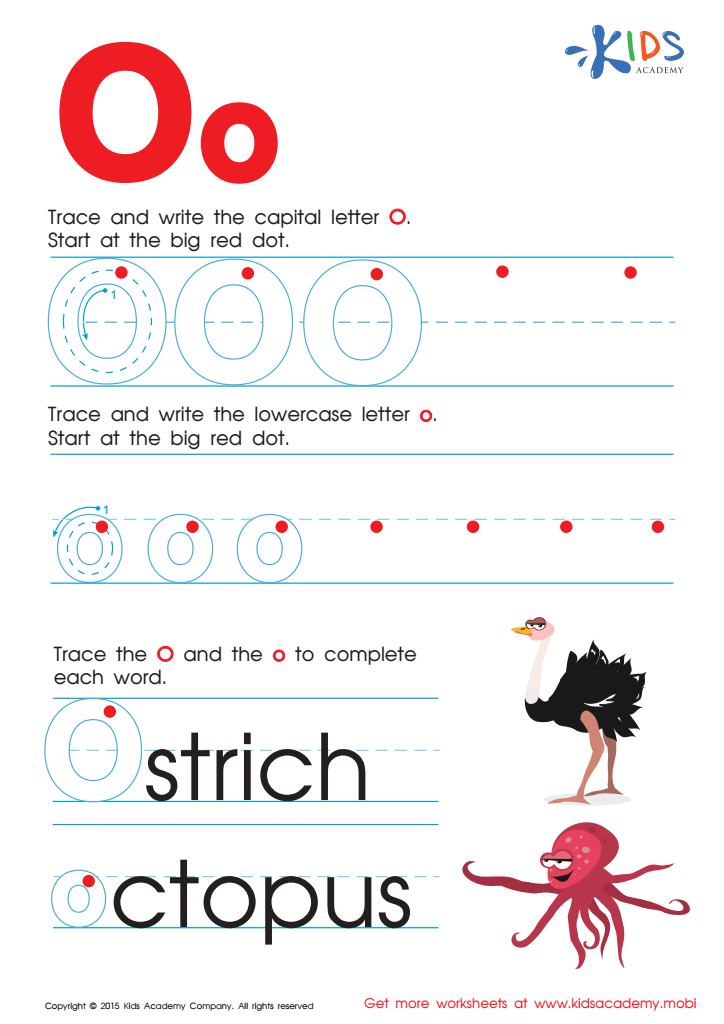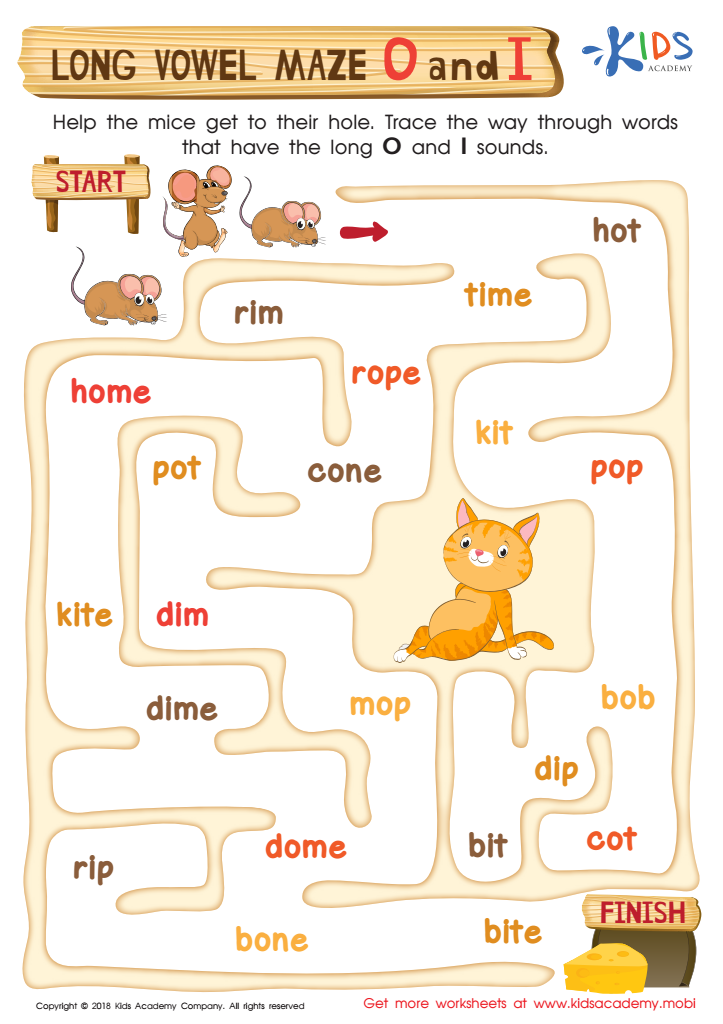Hand-eye Coordination Normal Letter Recognition Worksheets for Ages 7-8
5 filtered results
-
From - To
Enhance your child's literacy with our Hand-eye Coordination Normal Letter Recognition Worksheets for ages 7-8. These printable resources are designed to strengthen fine motor skills and visual processing as children practice identifying and writing letters. Each worksheet offers engaging activities that make learning fun while improving hand-eye coordination. Ideal for young learners, these exercises foster concentration, accuracy, and confidence. Suitable for classroom use or at-home practice, they support essential early literacy and learning skills. Give your child the tools they need to excel in reading and writing with our expert-crafted letter recognition worksheets.


Letter O Tracing Page


Letter P Tracing Page


Letter H Tracing Page


Long Vowel Maze /o/ and /i/ Worksheet


Letter D Tracing Page
Hand-eye coordination and normal letter recognition are vital developmental milestones for children aged 7-8, and there are compelling reasons for educators and parents to prioritize these skills. Strong hand-eye coordination is fundamental for performing everyday tasks such as writing, drawing, and even tying shoelaces. It directly influences a child’s ability to engage in physical education activities and sports, thereby promoting overall physical health and fitness. Good hand-eye coordination also underpins fine motor skill development, which is essential for academic tasks, including handling school supplies and computer devices.
Normal letter recognition, on the other hand, is critically linked to literacy development. At ages 7-8, children transition from learning to read to reading to learn. This pivotal stage is where fluent letter recognition ensures they can rapidly identify words, improving reading speed and comprehension. Strong skills in this area support better performance across all subjects, facilitating an ability to follow written instructions, excel in reading assignments, and foster a lifelong love for reading.
Together, hand-eye coordination and letter recognition form a foundation for academic success and overall personal development. By encouraging these skills, parents and teachers equip children with essential tools to navigate both the educational environment and everyday life confidently.
 Assign to My Students
Assign to My Students






















